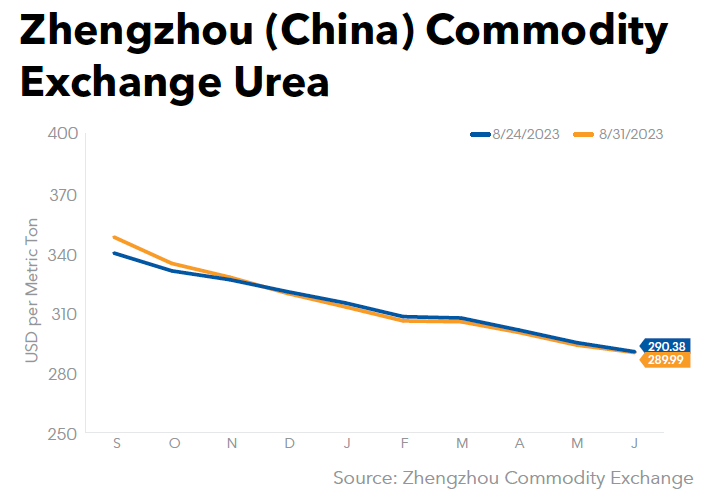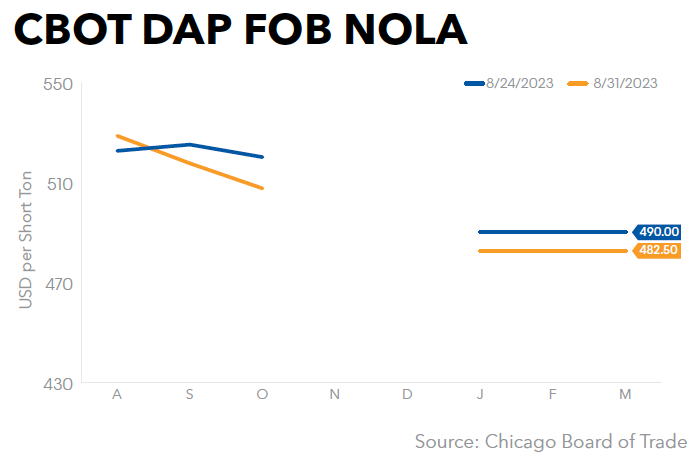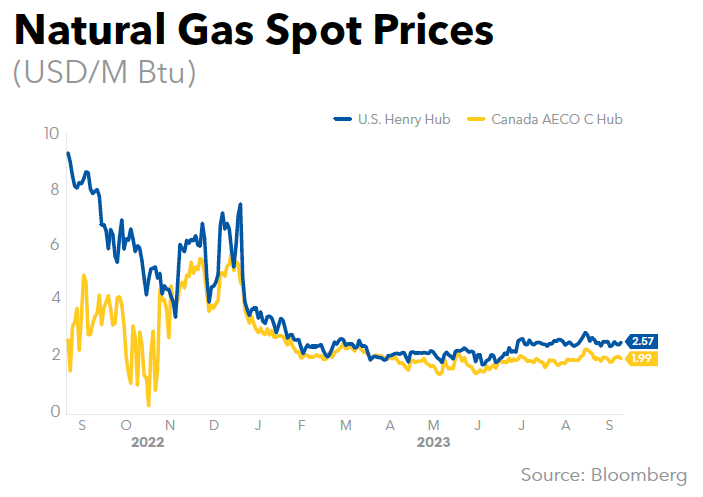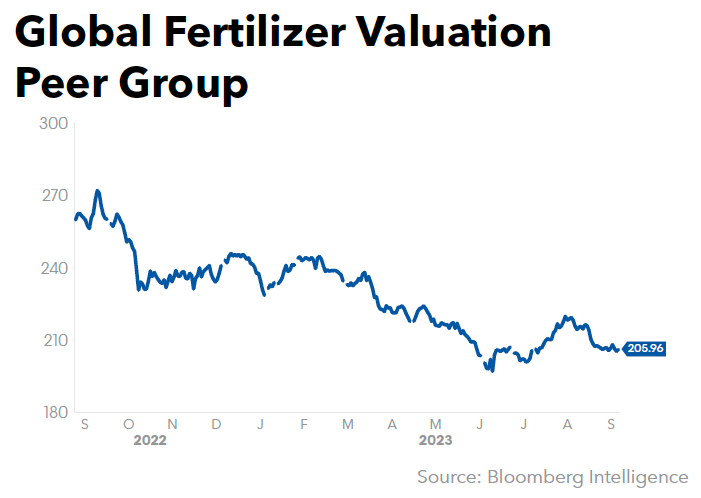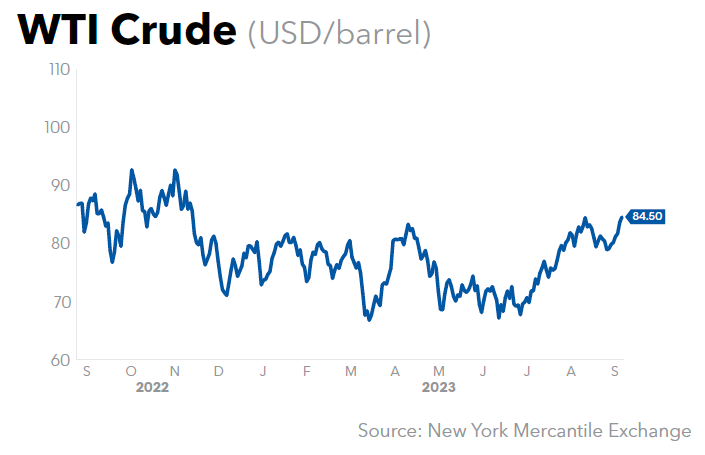Hurricane Idalia Has Minimal Impact on Fertilizer Operations
Nutrien Ltd., which has phosphate and nitrogen production facilities and retail outlets in the Southeast, reported no injuries or serious damage from Hurricane Idalia. The storm entered Florida on Aug. 30 as a Category 3 hurricane and by Thursday afternoon, Aug. 31, was exiting North Carolina as a tropical storm on its way to Bermuda.
“Hurricane
Idalia impacted Nutrien’s White Springs, Fla., phosphate facility
shortly after making landfall on the morning of Aug. 30,” a Nutrien spokesman
told Green Markets. “We are grateful that there were no injuries or
serious damage to the facility.”
The White Springs facility maintained operations until Aug. 29, consistent with storm preparedness planning. “Efforts are underway to recommence mining operations, and while sulfuric acid operations are down subject to an as yet undetermined restoration of power by Duke Energy, once power is restored operations will start up again,” Nutrien said.
Nutrien
said its Aurora, N.C., phosphate facility and Augusta, Ga., nitrogen facility were
both operating. “Fortunately, we have had no injuries or serious damage to
facilities at our retail operations in Florida or Georgia,” the company
spokesman added. “We will continue to monitor conditions in close cooperation
with state and local authorities while taking all actions necessary to maintain
the safety of our people and integrity of operations.”
Florida was starting to dig out from the aftermath of Idalia, which
weakened as it brought what some industry observers described as much-needed heavy
rainfall to Georgia and the Carolinas. The hurricane caused billions of dollars
in damage, left hundreds of flights grounded, and thousands without power.
Tampa International Airport was back in operation on Thursday morning. More than 1,000 flights were canceled into and out of the US on Wednesday, with many cancellations at Tampa and Atlanta airports, according to FlightAware, as reported by Bloomberg.
Reports of damaged buildings and flooding have poured in from Florida’s coastal counties, as well as at least one case of looting in Steinhatchee, about 16 miles southeast of where Idalia came ashore with 125 mph winds.
Some of the hardest-hit areas in the state had widespread power outages, with some businesses catching fire and others losing their roofs, said Kevin Guthrie, Executive Director of the Florida Division of Emergency Management.
CSX suspended service on tracks across the region to assess any possible damage from the storm, including the I-95 route through Georgia and South Carolina; the Waycross, Ga.-to-Thomasville, Ga./Dothan, Ala. Bow line; and the CSX Manchester/Fitzgerald subdivision from Jacksonville through Mid-Georgia, according to Dow Jones.
Idalia was the second major hurricane to hit western Florida in a year. Last September, Hurricane Ian struck further south, killing at least 150 people and causing more than $112 billion in damage. At press time, Idalia’s Florida death count had been put at two. Wednesday’s storm came ashore in a sparsely populated area of the state’s Big Bend region and will likely cause $10-$20 billion in damage in Florida and across the US South.
“There were approximately 1 million people within 30 miles of landfall for Ian, while there are about 38,000 people within that distance for Idalia,” AccuWeather Inc. said.
Hurricane Ian caused The Mosaic Co. to lose some 200,000 mt of phosphate production and forced it to take a week or two to make repairs (GM Oct. 7, Nov. 11, 2022).
